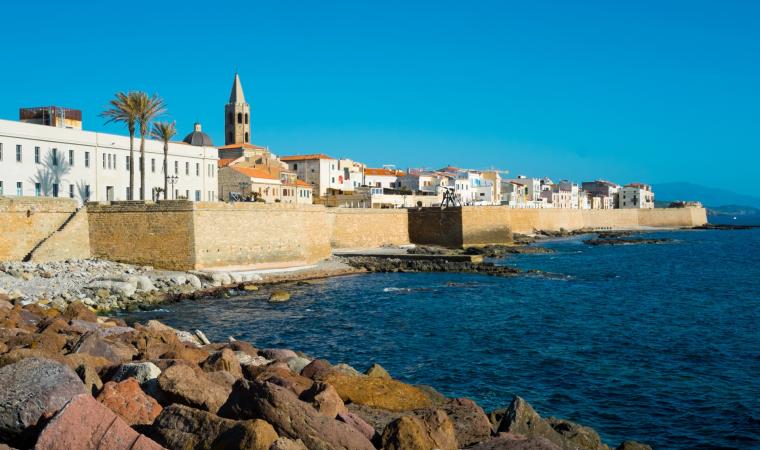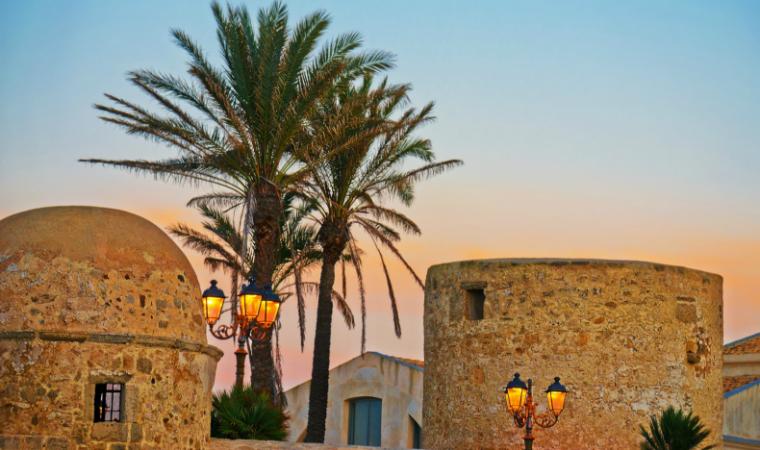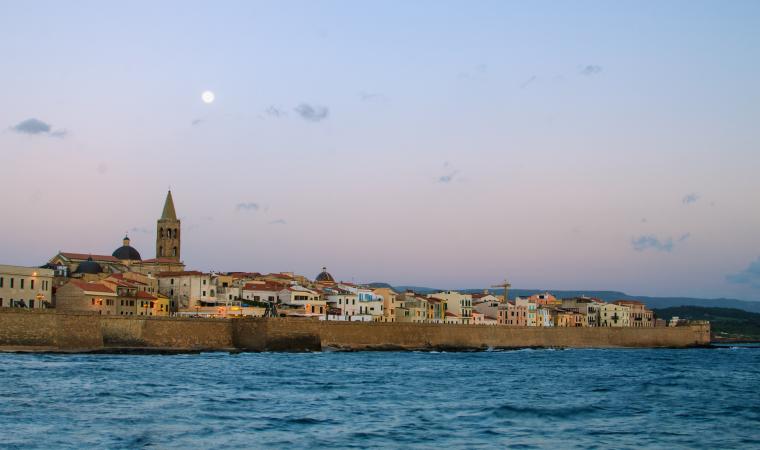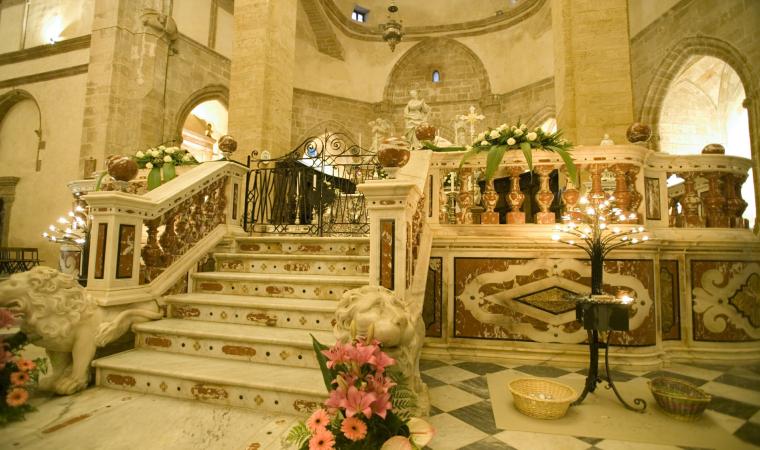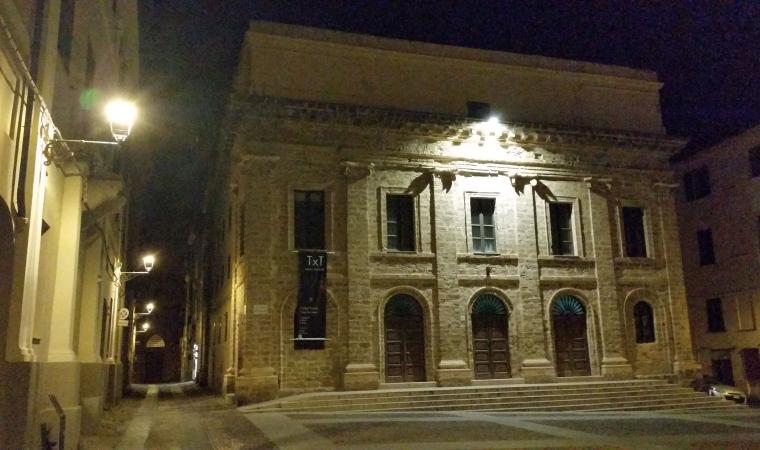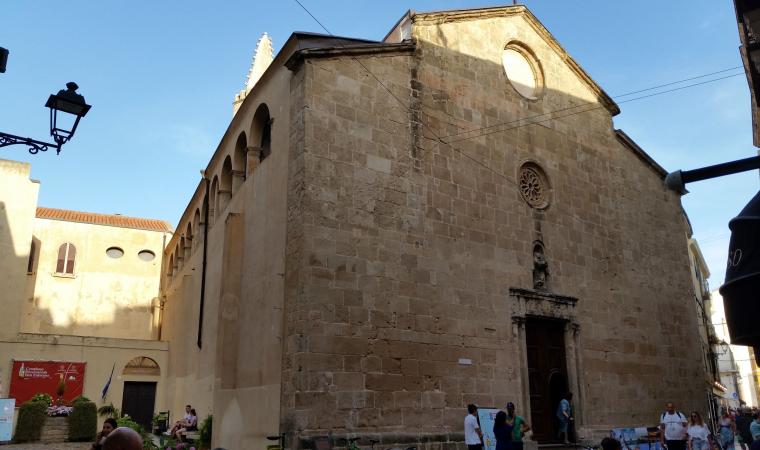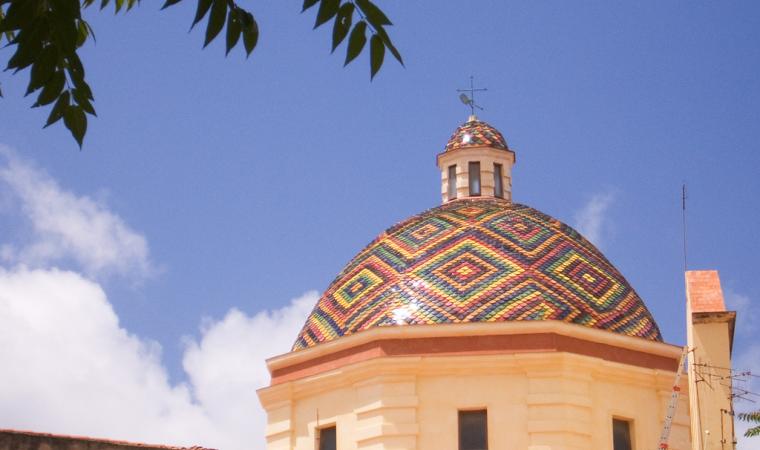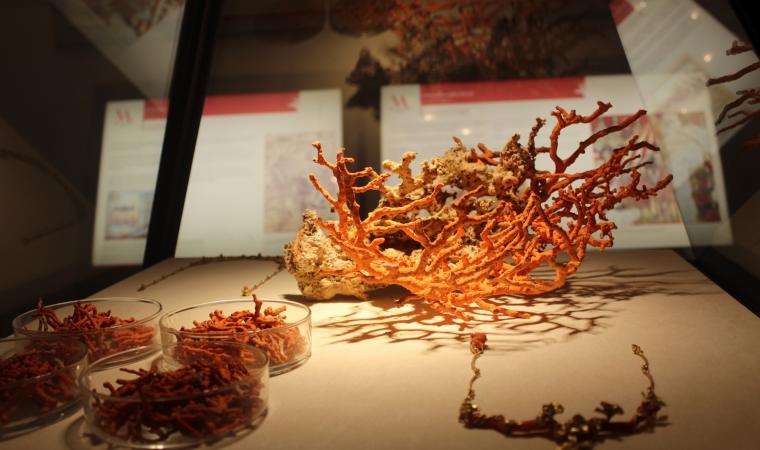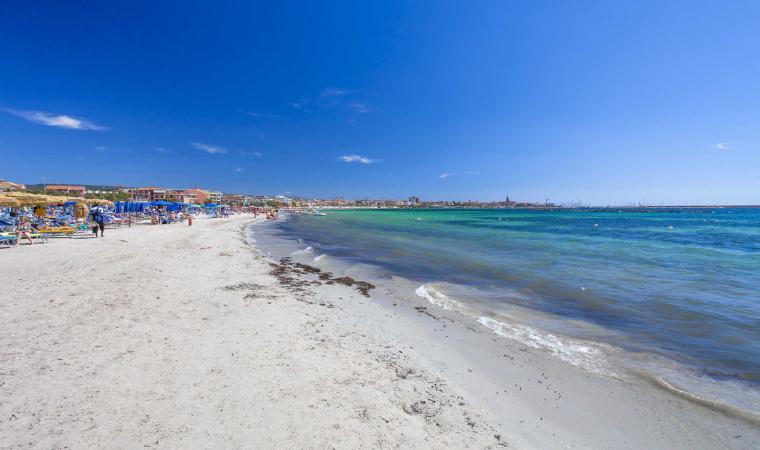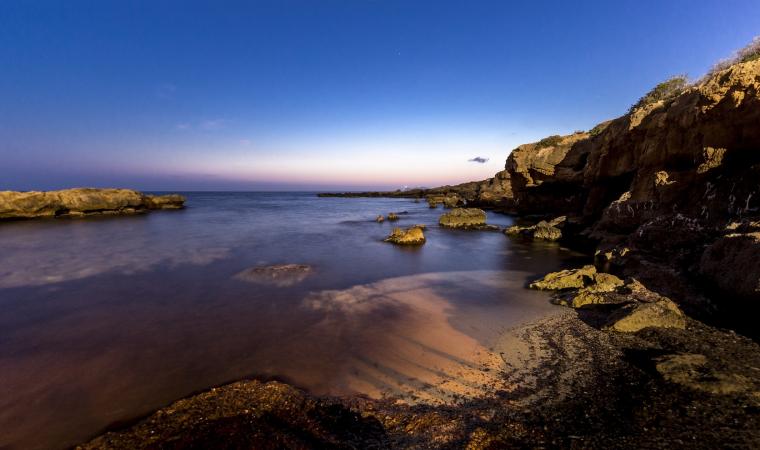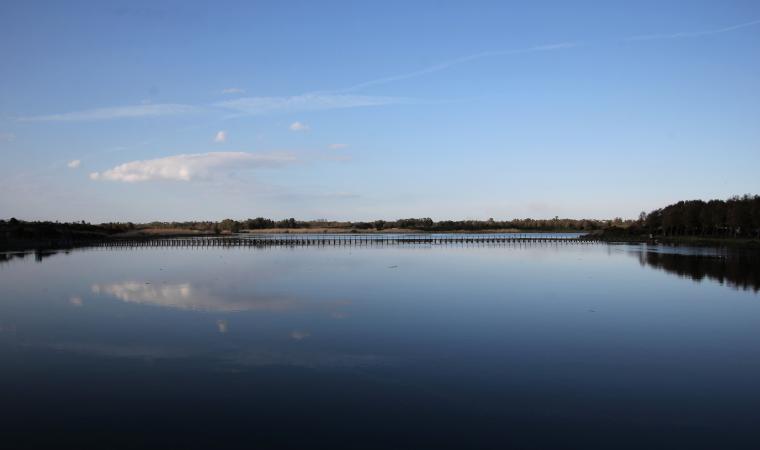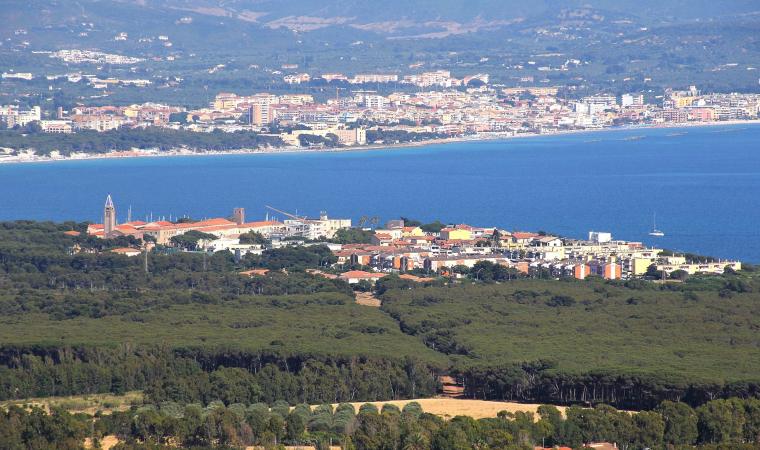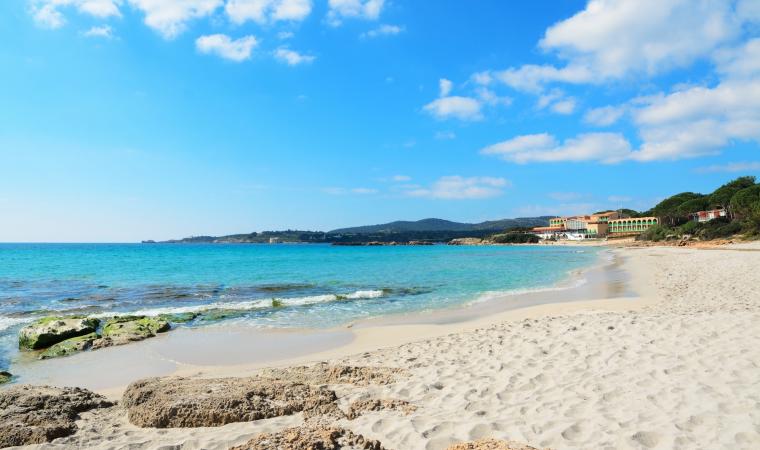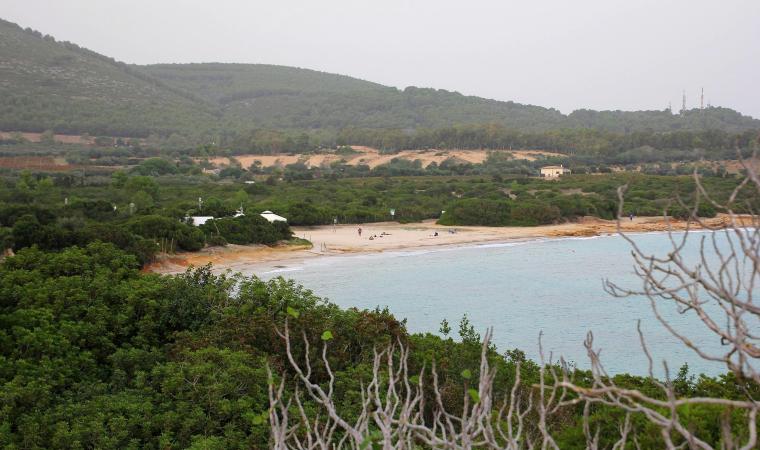One of the few Italian cities that have preserved their walls and towers intact. Today its bastions, dedicated to great explorers – Columbus, Pigafetta, Magellan and Marco Polo, have become an interesting walk. Alghero was built between 1102 and 1112 by the Doria family, and its first fortifications were raised a few decades later. By late 13th century, it was increased, while during the Aragonese domination no substantial modification was made to the city, and it preserved its Genovese plant with 26 towers. Thus it was until the 16th century, when the walls were rebuilt: the sea-facing part was completed, but the land-facing part was not. In 1867 Alghero was excluded from the list of strategic cities, and the dismantling began. But everything (or almost) that once was has resisted and can still be seen: the seaward walls and eight 16th-century city towers (plus 11 along the coast).
The Porta Terra tower was the Porta Rejal, the entrance to the city when you arrive from Sassari. The San Giovanni tower was the “middle tower”, what the Sulis is famous for the gruesome night battle that took place between 5 and 6 May 1412: a few Alghero inhabitants opposed the troops of William III of Narbonne. It is named after a Cagliari tribune who stirred up public upheaval in the late 18th century, condemned and then sent to prison for over twenty years. The urban perimeter also include the towers of San Giacomo, della Polveriera (the armory) and of sant’Elmo, named after Erasmus (Elm, in Catalan), the sailor saint. Within, in bas-relief, is the coat of arms of the Crown of Aragon. Finally, the Garitta Reale, an outpost at the extremity of the Marco Polo bastions, and the Maddalena tower, with protruding outlets from which boiling oil and water could be poured onto the enemies below. It is also called Garibaldi’s tower, after the hero who was here in 1855. To the south, along the panoramic road to Bosa, two other towers stand, while to the north, between the park of Porto Conte and Capo Caccia, there are six: the most beautiful of which is the Pegna, built on a promontory by coral fishermen. There are an additional three at Porto Ferro.


